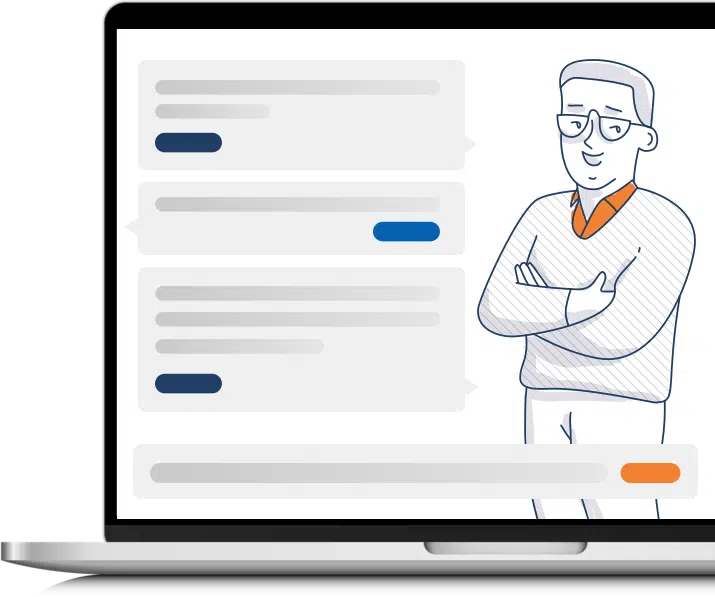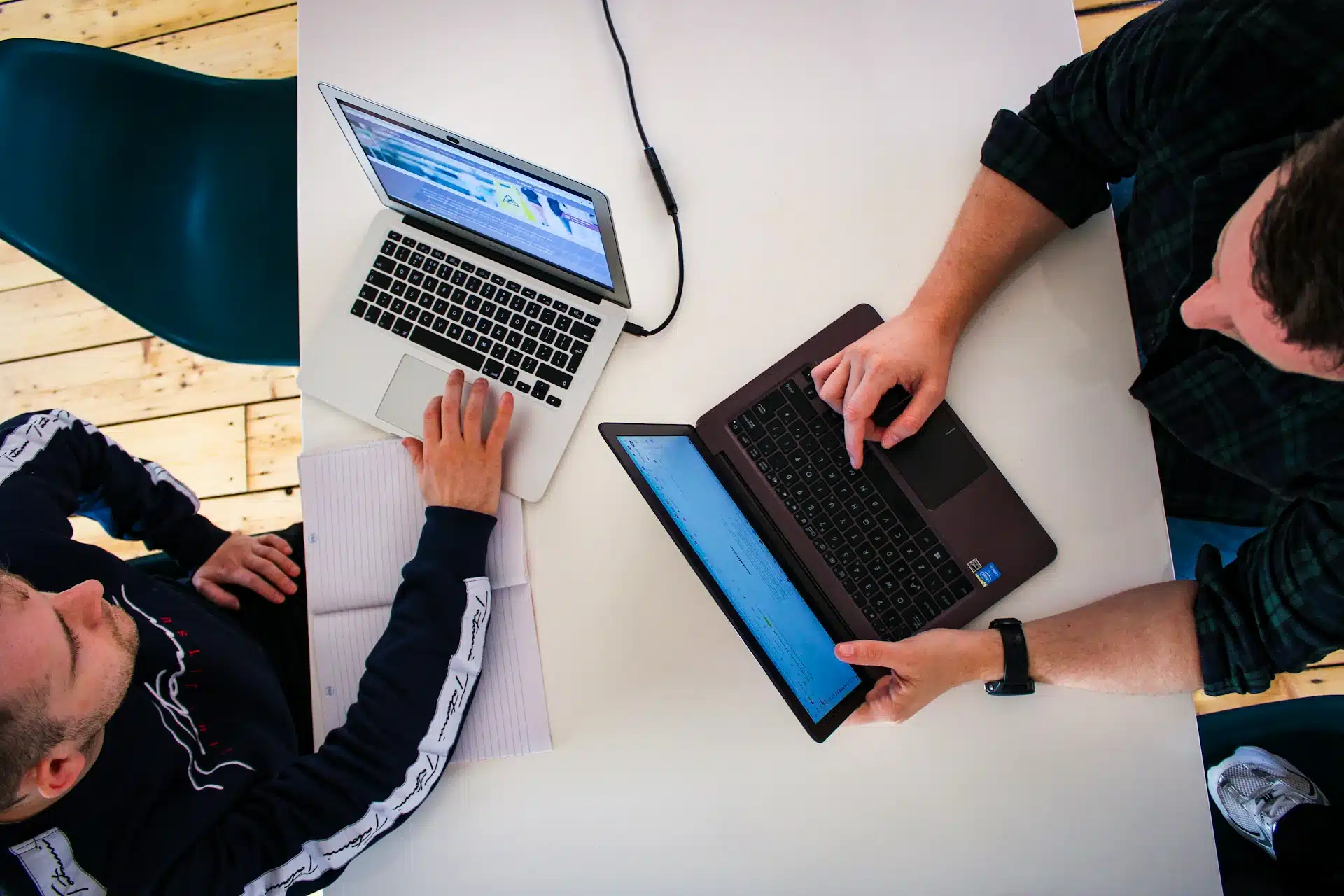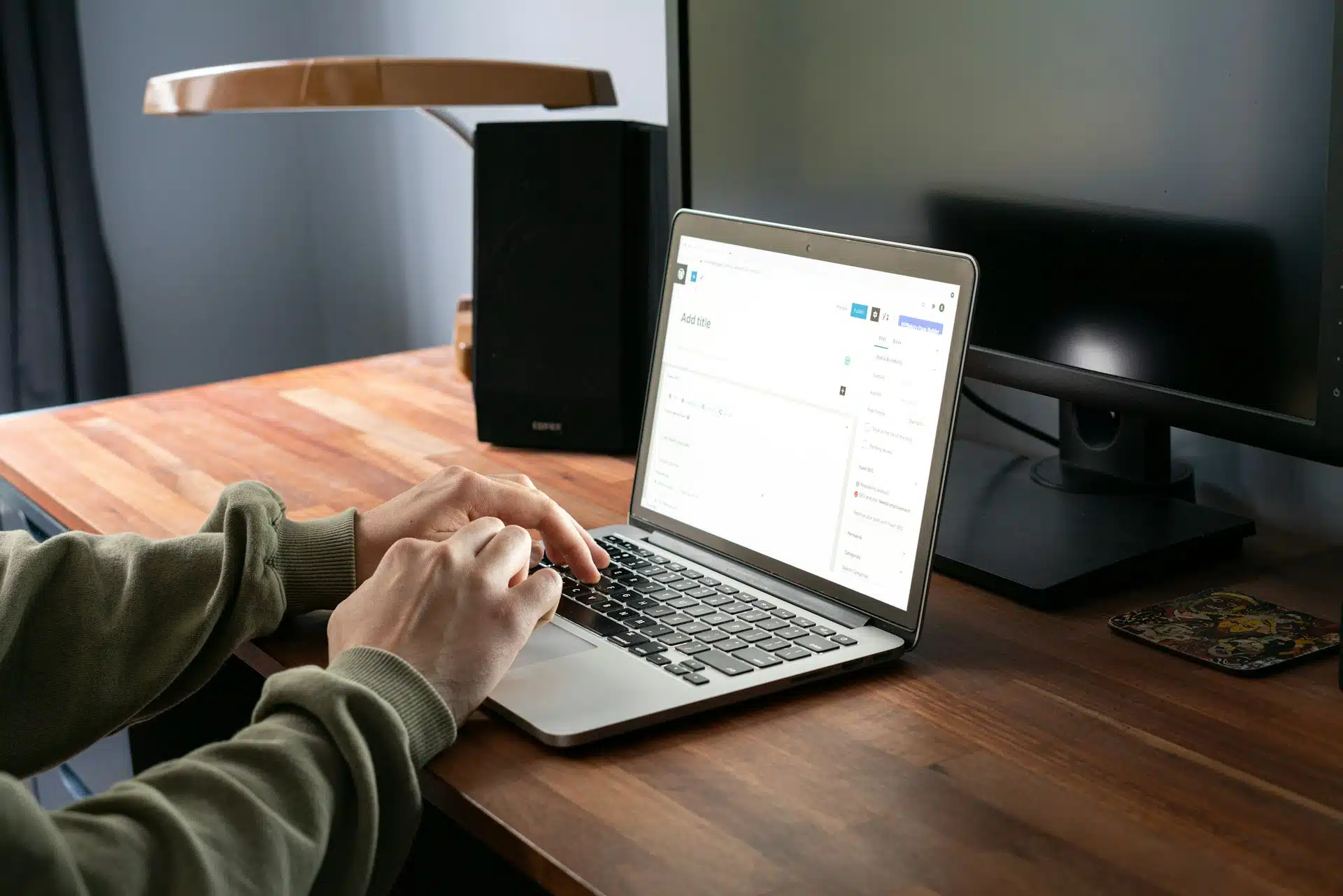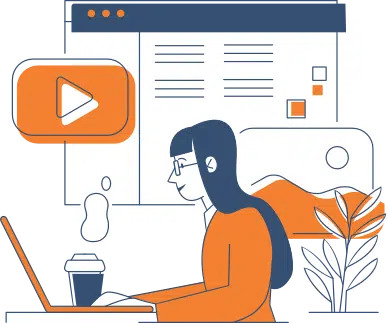
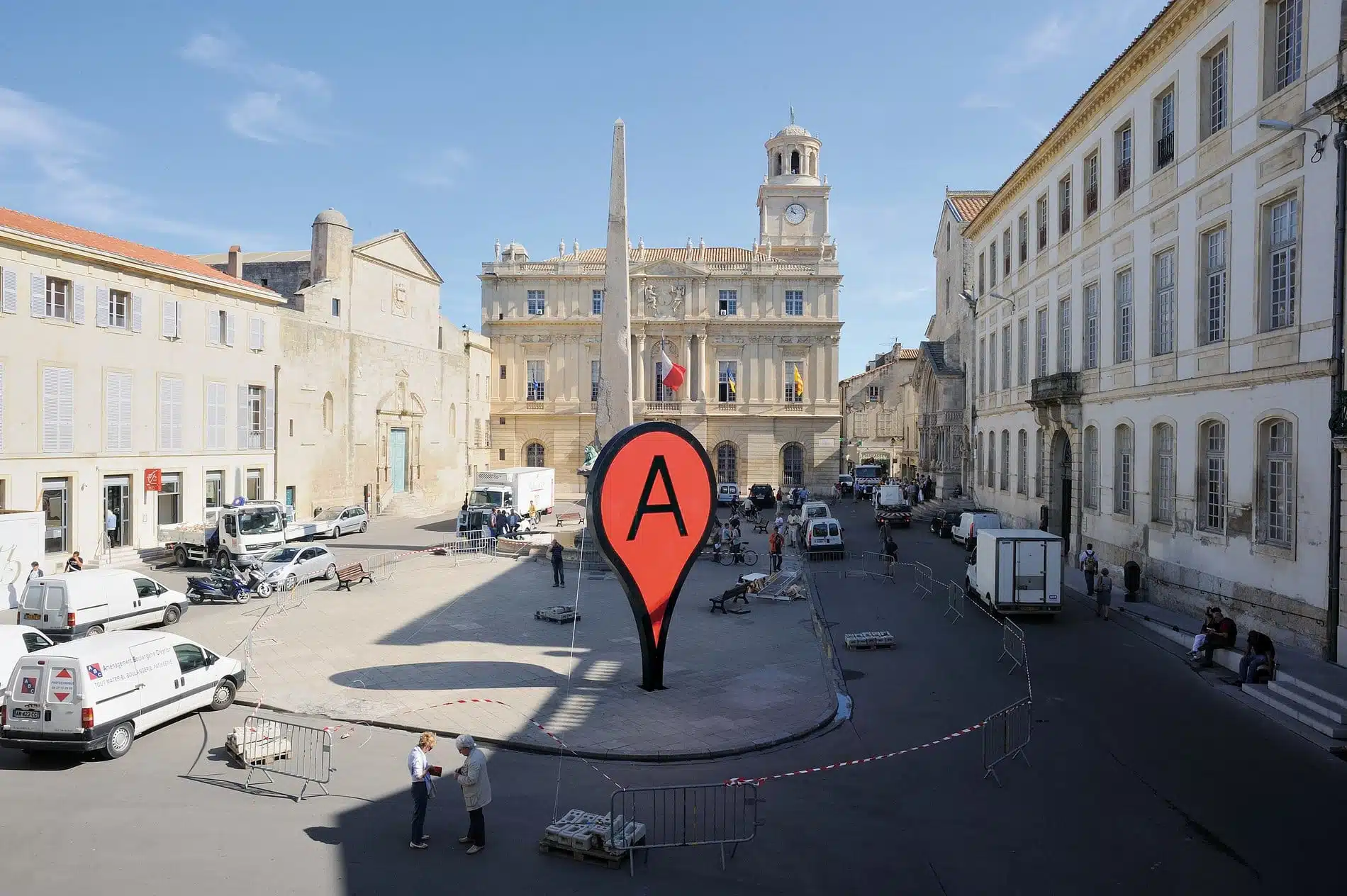
Guest post was written by Victoria Greene.
All modern smartphones are equipped with GPS technology capable of locating their exact position on the globe. If your customers share this information with you, you can use it to create personalized marketing campaigns that are sure increase your ROI.
In this article, we discuss several different ways you can make use of your customer’s geolocation data – and how you can get it in the first place.
Geo-Targeting
This is the oldest and least accurate form of geolocation marketing. But the major advantage is that you don’t have to do any data gathering – you simply use your customer’s IP address to get an idea of where they’re located. While this isn’t accurate enough to determine what street someone is on, it’s good enough to determine which country or state they’re in, and take a good guess at their city.
You can also take advantage of location-specific keywords. When performing a search, the user will often provide you with some information about their location directly. The accuracy of this method is highly variable, but the benefit is that no data gathering is required.
Credit: Pexels
With this level of precision, you can’t do the kind of inventive things that newer methods allow, but you can still perform some tried and true optimizations.
For example, you might split test your ads to measure how they perform in different countries or states, then match the right ad to the right region. Or you can do the same thing with localized landing pages – maybe people in Texas respond better to a different aesthetic than people in the New York?
Geo-Fencing
Geo-fencing allows you to mark out an area on a map, for example, a ½ mile radius around your store, and send a push notification of your choosing to people entering that radius.
You can send a friendly, personalized message to your prospective customers as they come near your store, maybe even offer them a coupon. From your own experiences, you know that personalized marketing is more effective. So what’s not to love? It’s simple and effective, but that’s just the tip of the iceberg.
Let’s say your store is located near a direct competitor. Marketing to people in a radius around your store is sure to help you win customers, but what if you marketed to people approaching your competitor’s store?
These people are obviously already interested in the kinds of services you offer, as they’re going to your competitor. All you need to do is persuade them to come to you instead. This concept is called geo-conquesting.
There are other ways to center your marketing around other businesses. For example, a restaurant could market in the area of a large office complex just before lunch, or a bookstore could market to people frequenting a nearby coffee shop. You can even target people you know like to sit and relax in-store with their coffee, rather than those who order and dash.
These are some of the more obvious uses of geo-fencing, so to get you thinking outside the box, let’s examine Taco Bell’s approach.
Taco Bell built functionality into their app to allow users to make orders from anywhere. They then use GPS data from the app to track the customer’s movement. This means the restaurant can not only make sure the order is made in time but that it’s made just in time, ensuring maximum taco enjoyment.
Credit: Flickr
A system like this lets the customer know that you care about providing a quality service, and value their business. This is a great example of a way to get your customers’ location data without seeming like you’re only interested in sales.
This creates a much more genuine feeling of interaction for the consumer and solves the main problem associated with geo-fencing: getting access to the necessary location data. We will discuss a couple of solutions to this later.
Beacons
A beacon is a small Bluetooth device that broadcasts a signal. When a smartphone with your software installed picks up that signal, you can trigger a push notification. The advantage beacons have over GPS data is the degree of accuracy they provide.
We’re not talking about knowing when a customer is on the same street as your store, we’re talking about knowing exactly where in your store they are.
With this information, you can create an extremely personalized user experience. You could ask them what they’re looking for and help them find it, or offer a customer who has been in one section of your store a long time a discount to help sway them at the last moment.
But beacons aren’t only useful for stores. Brands can take advantage of them too. A brand can use them to detect when a customer is in their section of a store, then send a push notification.
This could be a message to drive a sale, or just a quick hello to create more positive associations towards the brand. If the user has shown interest in an item on your app or website, you could let them know where that item is in store, achieving both of the above goals in one action.
Although beacons allow you to create more personalized marketing campaigns than GPS systems, they’re even harder to implement.
To make use of beacons, you need Bluetooth permissions on the user’s device. Most users leave Bluetooth off on their device by default, while GPS is often left on. You also need to install the physical beacons themselves or have access to beacons installed by the store. The price you pay for greater location accuracy is greater difficulty in implementation.
Credit: Pixabay
How To Get Geolocation Data
The primary avenue by which you can access your customer’s GPS or Bluetooth data is via an app. You could buy ads on an established app that has a large install base among your demographic, but many of these won’t allow you to send push notifications, so your marketing options are limited.
Alternatively, you can launch your own app. Developing an app can be a lot of work, and growing your install base is a long-term project, but it is achievable. You just have to provide the right incentives to make people want to use your app, such as:
- Access to exclusive deals or coupons
- Useful features
- Relevant, interesting content
Not Just For Physical Stores
So far we have only discussed how geolocation marketing applies to brick and mortar stores, and the brands they do business with, but the applications of geolocation marketing go beyond that.
Firstly, you can incorporate geo-targeting into the strategy of your online store just by adding one of many apps to your site.
Geolizr has received rave reviews from users, and if you have built your site using Shopify, then you are able to add it your site without any coding skills at all.
Secondly, rather than market to people based on their location, we can use their location to infer information about them.
For example, if there is a large stadium hosting a concert, and you know the primary demographic of the artist, then you can make assumptions about those previously anonymous data points. Or you can use knowledge of where they live, the stores they visit, and the restaurants they eat at to infer things about their income bracket, or whether or not they have kids.
You could also use weather events in an area to market specific relevant items. For example, if there’s a heatwave coming, you can send a personalized message offering sunglasses, fans, or sunscreen to people in the affected area.
Of course, this is not an exhaustive list of Geolocation marketing possibilities. However, it’s enough to get you started on your way to using the benefits of this brand of marketing to drive up ROI for your business.
One of these techniques might be the right approach for your business, or you might come up with something totally groundbreaking. Either way, with so many options, you can find a way to incorporate geolocation to enhance your marketing strategy.
Read more: Goodbye Web Forms, Hello Conversational Marketing.
Written by Victoria Greene.
About Victoria Greene
“I’m Victoria Greene – ecommerce brand marketing consultant and freelance writer. I work with ecommerce businesses and marketing teams to create valuable content and targeted SEO strategies that yield strong performance results.”
Recent Articles
Write For Us
Think you’ve got a fresh perspective that will challenge our readers to become better marketers? We’re always looking for authors who can deliver quality articles and blog posts. Hundreds of your peers will read your work, and you will level up in the process.Ready to grow? Say Hello
